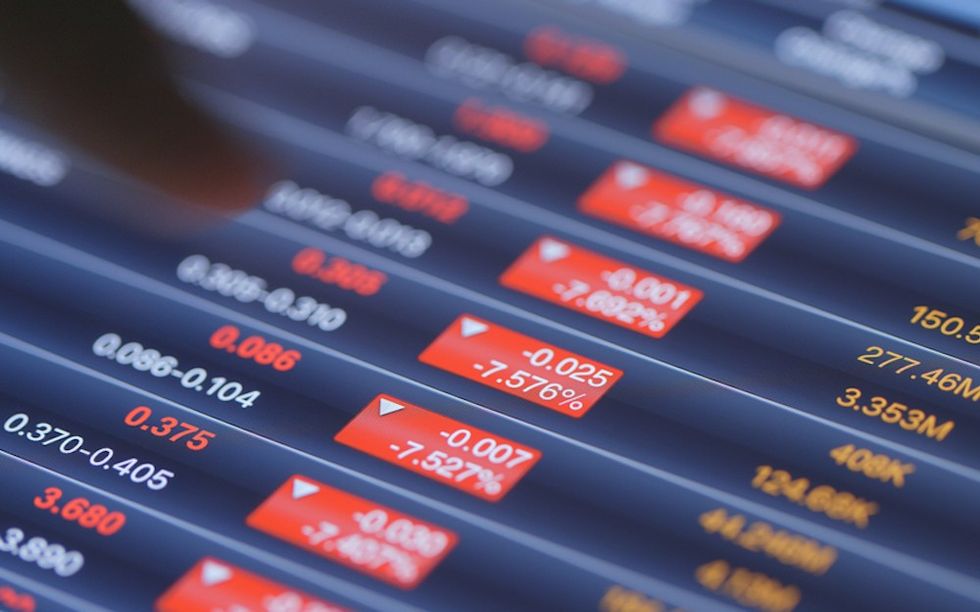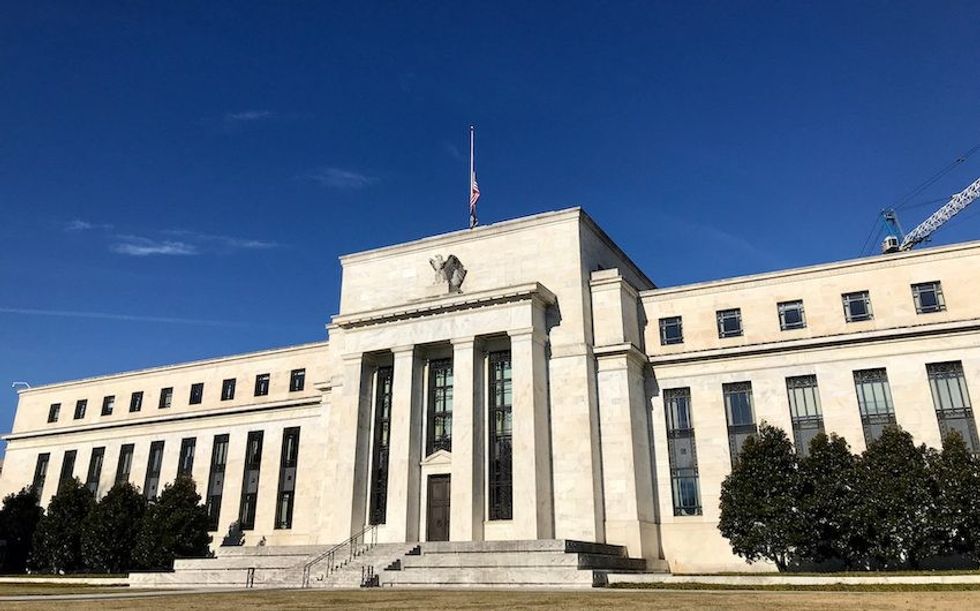There’s some good news for Canadian homebuyers and mortgage renewers, if all goes according to forecast. In a new report, BMO Chief Economist Douglas Porter suggests that the Bank of Canada (BoC) could bring interest rates down to 3.5% by January, and then to 3% by mid-2025. Of course, this comes after Canadians finally saw some relief on the interest rate front after four years, with two months of back-to-back drops in June and July to 4.75% and 4.5%, respectively.
Now, an abruptly slowing economy in the United States (US), as revealed by new figures, has prompted Porter to state that the case for restrictive rates has “almost vanished” south of the border. He believes that the US Federal Reserve will “proceed with haste and get back to something approaching neutral.” As such, Porter says that BMO is revising its call to include a series of consecutive cuts from the Fed, including in the final meeting of this year and the first two of 2024.
Porter points to the rise in America’s jobless rate and the lack of growth in household employment as the two largest factors pushing this upcoming series of rate cuts in the US. “We are maintaining our call on cumulative cuts of 225 bps, for now, but see the Fed getting there much faster,” writes Porter. “And any serious stumble by the economy could prompt bigger gulps than 25 bp steps, although we’re not quite there yet.”

Last week, the Fed kept its rate steady. However, Fed Chair Jerome Powell indicated that a rate cut could be on the table at their next meeting in September. Naturally, any major dramatic move (or lack there of) by our American counterparts will inevitably play into BoC’s upcoming rate decisions. As such, Porter states that BMO is revising their BoC call “somewhat,” indicating that more forceful rate cuts from the Fed will prompt Canada to take swifter action as well.
“We now look for the BoC to cut in each of the next four meetings, quickly taking their overnight rate down to 3.5% by January (from 4.5% now), and then to 3.0% by mid-2025,” writes Porter. “That means the Bank will arrive at the presumed end point more than half a year earlier than expected. We had warned that the risk was for sooner/faster, and a milder Fed certainly provides the cover for the Bank to follow. As Ferris might say, life moves pretty fast when the economy slows.”
Currently, there are questions swirling in the States as to whether the Fed will evoke an emergency rate cut and whether the country is now in recession territory. Porter suggests that the US could indeed be heading into the grips of a recession, as indicated by the most recent stats. “A surprisingly soft manufacturing ISM at 46.8 sent a warning signal, and then payrolls rose by a modest 114,000, replete with downward revisions to earlier months, and another back-up in the jobless rate,” writes Porter.

Porter highlights how the US jobless rate ticked up to 4.3%, up 0.8 ppts from a year ago, and has met the so-called Sahm Rule on recessions (to one decimal place). Coined by economist Claudia Sahm, the Sahm Rule states that a recession is starting when the three-month moving average of the US employment rate is at least half a percentage point higher than the 12-month low.
Furthermore, Porter points to the companion household survey, which reports that only 57,000 more Americans have jobs now compared to a year ago, marking a growth rate of 0.04% year-over-year. “That’s a pace that has typically preceded downturns, and hints that even the sluggish payroll readings may be overstating the economy’s strength,” writes Porter.
Porter highlights the recent post-Federal Open Market Committee (FOMC) meeting impact on the stock market. “Bonds had a ferocious rally this week, and stocks pulled back hard from a post-FOMC rally,” he writes. “The 10-year Treasury yield cascaded lower, plunging more than 35 bps to around 3.8%, while two-year yields fell nearly 50 bps to just above 3.9%.” In response to July’s job figures, Porter points to how the S&P 500 swiftly retreated sharply, dropping more than 5% from its July high. Meanwhile, the TSX hit a record high above 23,000 last Wednesday, then retreated 4% the next two sessions.
In addition to a dip in stock and bond yields, Porter also highlights how commodity prices pulled back suddenly in the US, with one index falling more than 7% in one month. At the same time, the American dollar took a hit.

“The weaker greenback was a mixed bag — it pulled back hard versus the yen (down almost 5%) as the Bank of Japan hiked rates more aggressively than expected, but held its own against the U.K. pound, as the BoE trimmed rates 25 bps to 5.0%,” writes Porter. “And the Canadian dollar actually softened a touch on net, with the sag in commodity prices and a risk-off move countering prospects of Fed rate cuts.”
The lower Canada drops its overnight rate without our American counterparts following suit, the greater the impact to the exchange rate, which can affect things like US imports. Too much of a divergence between the countries will have a negative impact on the Canadian dollar (and trips to the US). Tellingly, the value of the loonie dropped after Canada's June rate cut announcement.
As for Canada’s job figures, they’ll be released on Friday, perhaps driving home the likelihood of BMO's forecasts being correct. In the meantime, the unemployed people in Canada was up 22% year-over-year in Q2, right on the cusp of meeting the “BMO Rule.” A Canadian counterpart to the Sahm Rule, the BMO Rule finds that a rise of more than 25% year over year has always been associated with recession in Canada.
Putting the situation into perspective, Porter states that Toronto’s Canadian National Exhibition (CNE) received 37,000 job applications this year, for roughly 5,000 positions at the annual end-of-summer fair. “It seems that both supply — extreme population growth —and demand, a chilly economy, are now fully at play,” writes Porter.





















